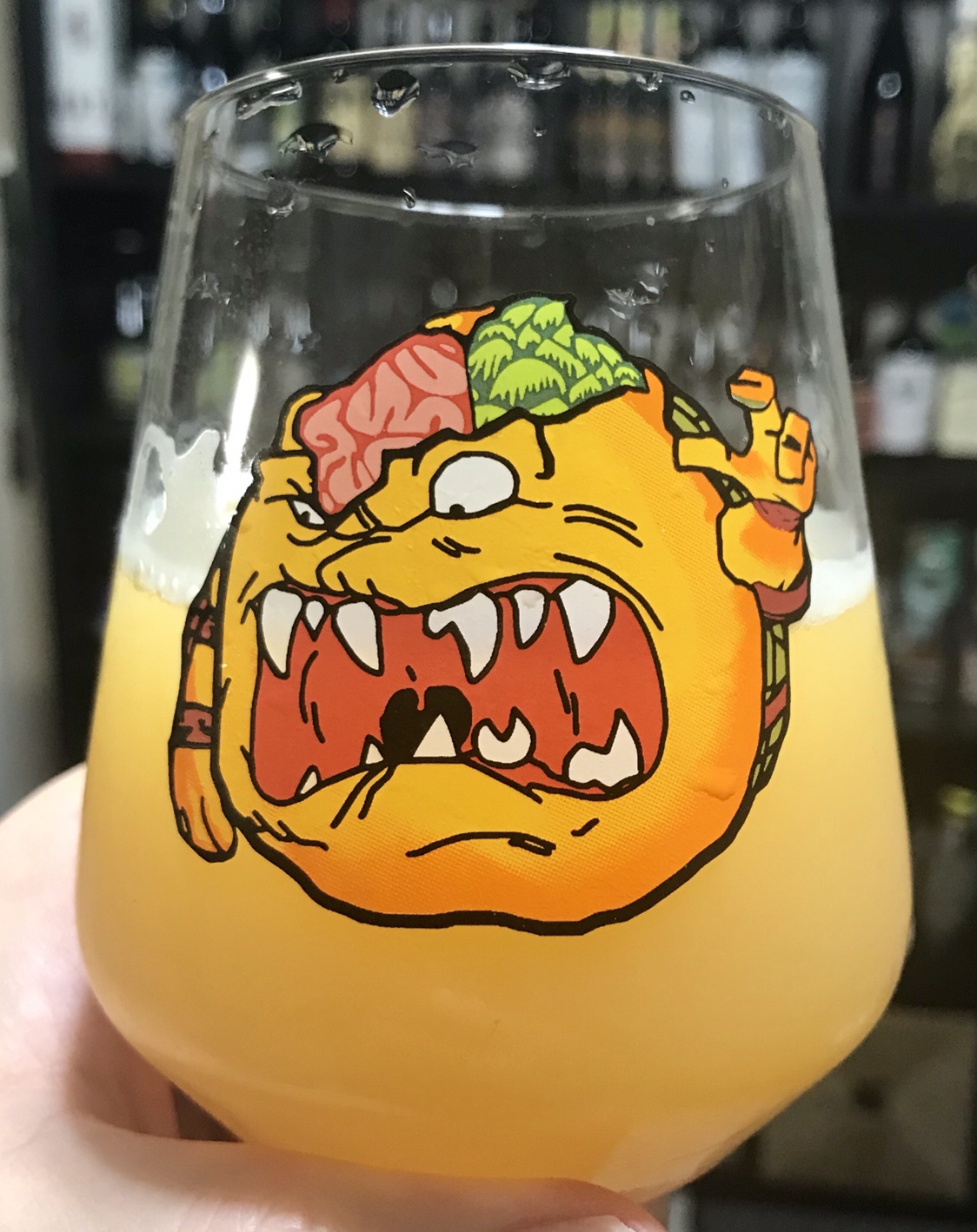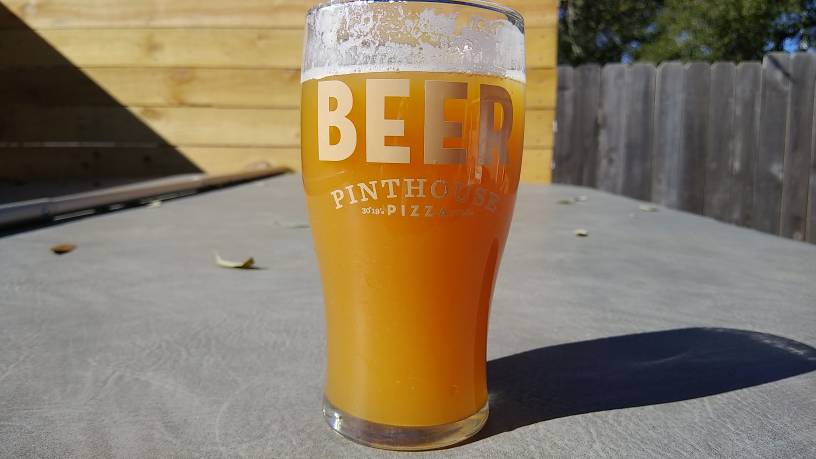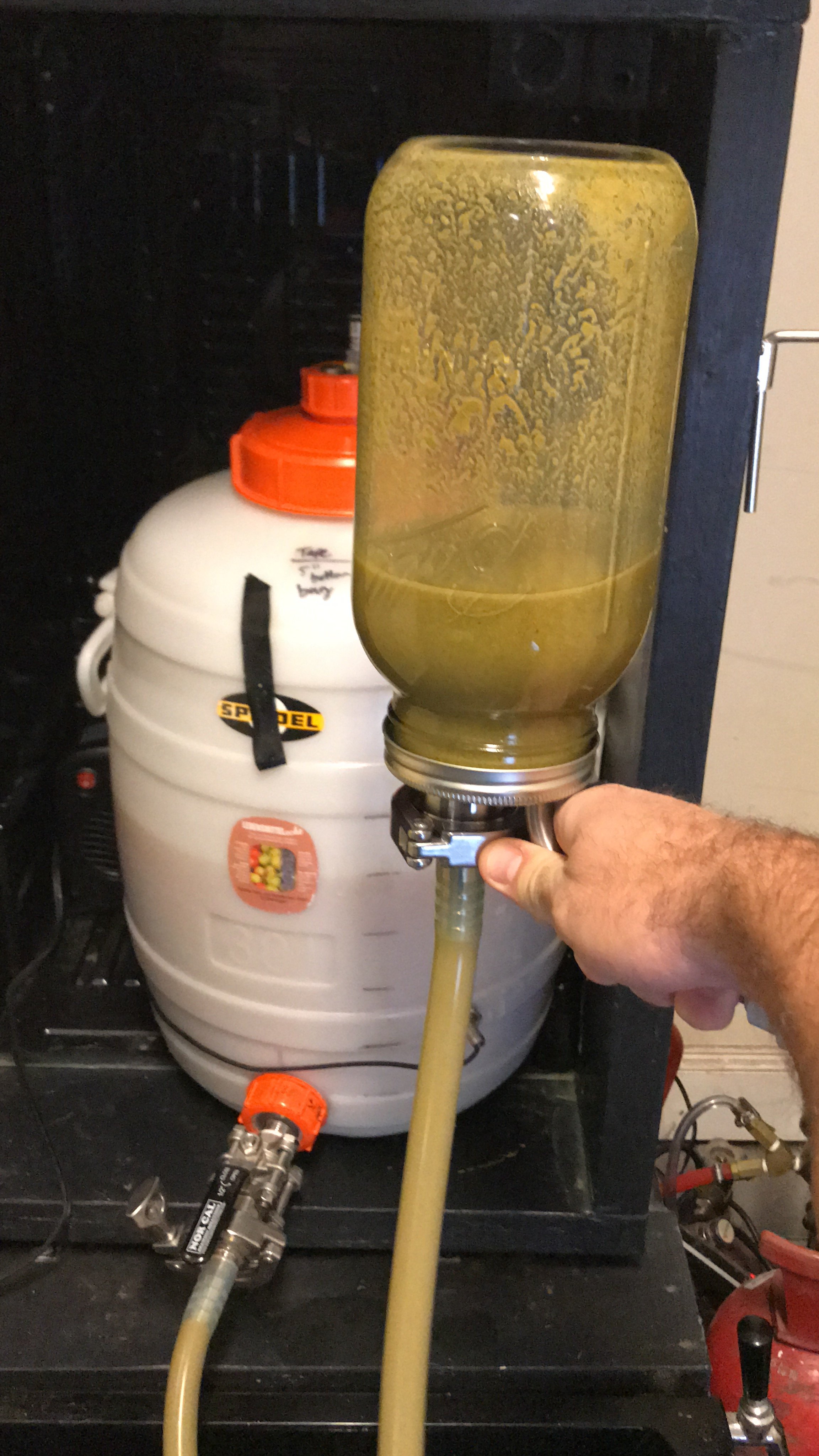@ttuato and
@plazola86
I've got things to think about. Thanks for the help. You know its funny I never thought of my hop schedule as too heavy 4.5 oz of isomerizing AAs. I plugged my schedule into beersmith and get something like 55 IBUs, so I didn't think my past recipes could be the problem. But that many hops with a 1.052 SG could have just been way too much.
I have always used campden tablets, but I think the use of RO will be good. I had used RO for a couple batches and never could tell the difference in my results so I just stopped, but maybe its better to try again. Also new this time, I'll be using a hop spider so I won't be transferring all that green matter to the fermenter. That definitely could have been a culprit before.
Also thanks for the heads up on the keg hopping. It makes sense with that long of contact time and temp that grassy flavors could come out. I'll steer clear of that and it will make my cosed transfer that much easier at the same time.
I do have two questions from your process suggestions, though...
1) I've read that dry hopping at lower temps can bring out undesirable flavors so dry hopping at room temp is best. If I'm dry hopping in my fermenter then cold crashing does that not, then, extract those vegetal flavors? Or does the yeast dropping out with the hops stop that somehow?
2) My favorite style, and one I'd love to brew, is this hybrid between WC and NEIPA. I know a lot of local places around here do one (i.e. Second Fiddle, Liquid Riot's What's in the Box, Foundation's Epiphany) I've heard peple refer to them as NEIPAs and DIPAs, but they lie somewhere in between. They have a firm hop bitterness with dank flavors, and finish with strong smooth hop flavors and ridiculous aroma (usually passionfruit and/or citrus) that you would normally find only in a NEIPA. They are far from the juice bombs we've become accustomed to when talking NEIPAs. I guess this is really what I have been trying to formulate, and my assumption has always been that you need those hops at the 60 min & 20 min - FO to get that bitter backbone. Am I just over estimating how much one actually needs to achieve that, in my hop schedule. Would a 1/4 oz FWH, 20, 10, 5, FO addition get me what I want in that respect with the rest of the hops going to a cooler whirlpool?



















































![Craft A Brew - Safale S-04 Dry Yeast - Fermentis - English Ale Dry Yeast - For English and American Ales and Hard Apple Ciders - Ingredients for Home Brewing - Beer Making Supplies - [1 Pack]](https://m.media-amazon.com/images/I/41fVGNh6JfL._SL500_.jpg)









